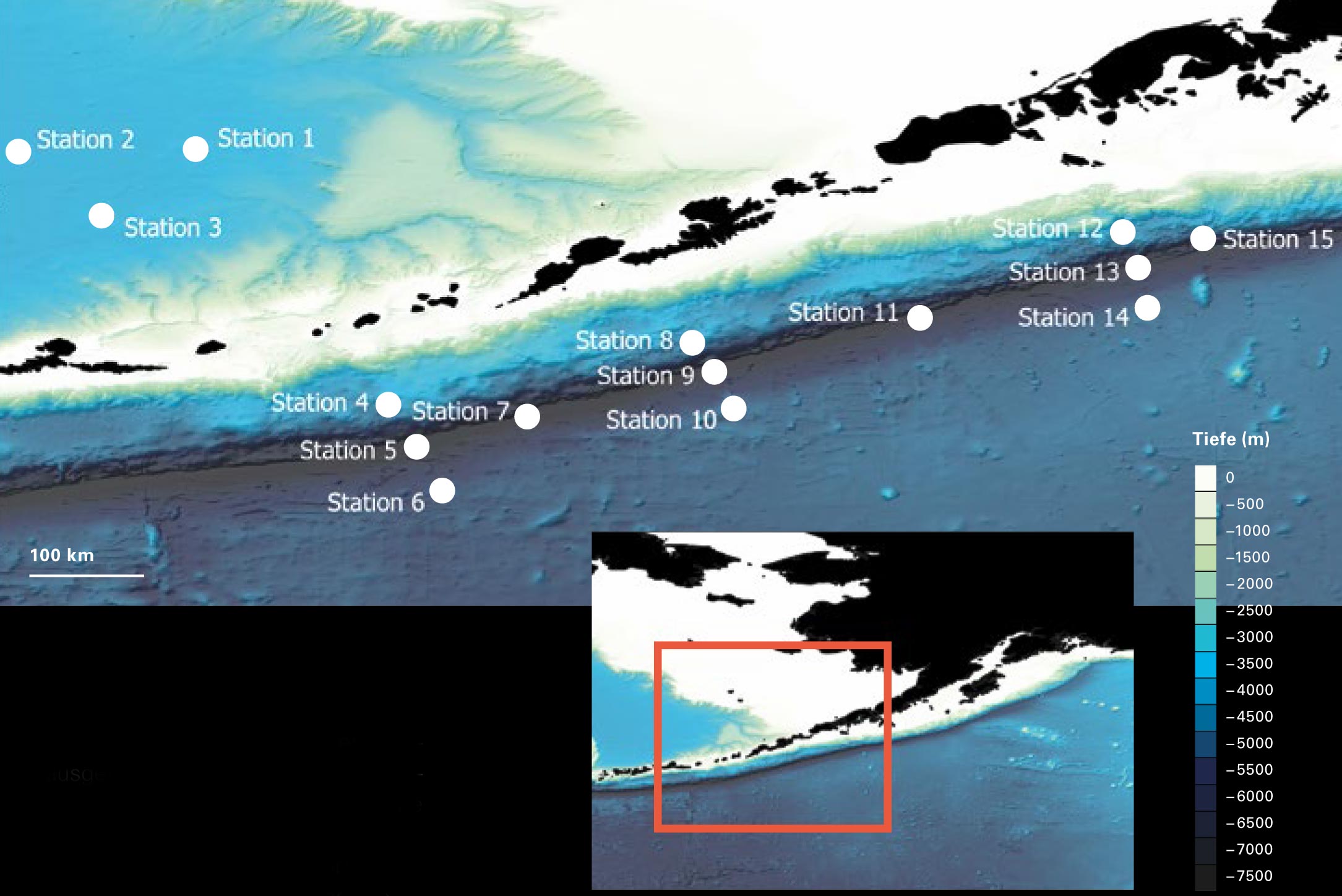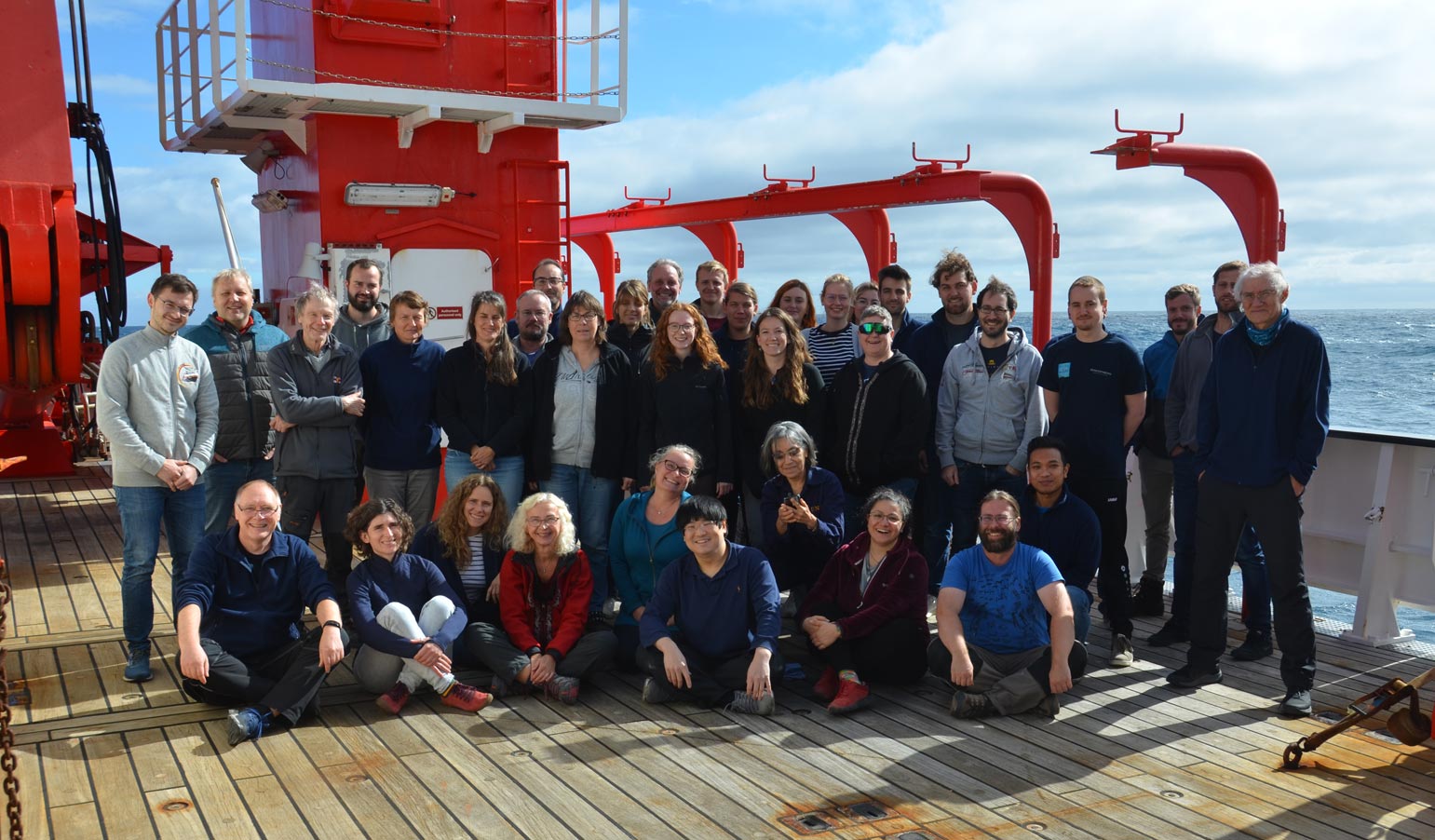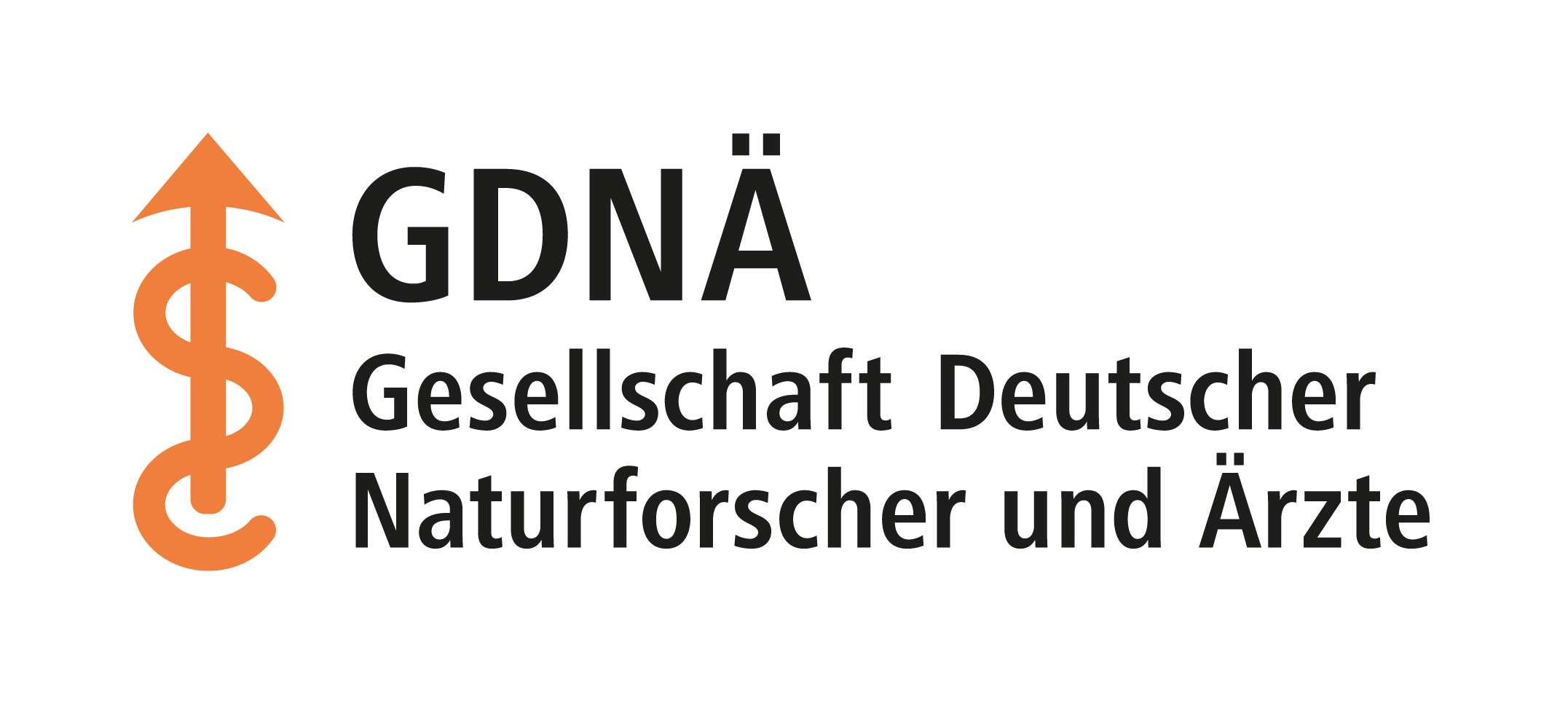“Thousands of new species brought to light”
The deep-sea expedition “AleutBio” almost failed shortly before it started. But the near-drama turned into a success. Marine biologist and expedition leader Angelika Brandt describes how this was achieved.
Professor Brandt, one year ago, on 17 July 2022, you set off with the research vessel “Sonne” to explore the biodiversity of the East Pacific deep sea. As cruise director, you were responsible for the scientific program. How did you experience the six weeks at sea?
It was the most difficult expedition of my life – and I have led many before. The problems began with Russia’s attack on Ukraine, five months before the planned start. As a result, scientific relations with Russia were frozen by the German side. Our German-Russian expedition, which we had been preparing for six years, was also affected. We wanted to study biodiversity in the eastern Kuril-Kamchatka Trench, the Aleutian Trench and the Bering Sea. The research trip was to begin and end in Petropavlovsk-Kamchatsky. Since the end of 2021, we had the necessary permits in our pockets, the financing was secured, and the ship was basically ready to go. The emergency braking three months before the start of the expedition threw everything into disarray.
How did you still manage to get underway on time?
We got together immediately and discussed a lot with the Federal Ministry of Research and the German Research Vessel Control Center. Finally, we agreed on a new route that would take us from the starting point of Dutch Harbor on the U.S. island of Unalaska to largely unknown deep-sea areas in the eastern Pacific and end in Vancouver. The expedition application went through the German Foreign Office, which lobbied the American authorities on our behalf. Exciting weeks followed, during which we continued to prepare the trip without knowing if and when it could take place. Through an international call for applications, we were able to fill the eight research positions that had become available at short notice. This was not an easy task, as 70 highly qualified scientists responded to the call for applications. When we received the approval two weeks before the planned start of the journey, on July 3, 2022, we were very happy. Aleutian Biodiversity Studies, AleutBio for short, was able to set sail.

© Anne-Cathrin Wölfl & Kevin Kess, Geomar
Stations of the international AleutBio expedition in the Bering Sea and Aleutian Trench.
How was life on board?
Pleasant and exhausting at the same time. As a team, we functioned wonderfully. As usual, we worked in shifts throughout. The work under corona conditions was arduous: We had to wear masks all the time, even on deck, and test ourselves daily for the virus. Despite great caution, we had eleven cases of corona in the six weeks, which of course made daily interaction more difficult. And the fact that the sports room remained closed for hygiene reasons did not please the young people in the team at all. We reported daily on everyday life on board and our research in our AleutBio blog, which was frequently accessed.
And how did you fare as cruise director?
I only got four to five hours of sleep a day, but I was used to that from previous expeditions. What bothered me more was the mask requirement. I am hard of hearing and read a lot from the lips of my conversation partners. I often asked them to take off their masks and talk to me from two meters away.
Research work in the deep sea: How can we imagine it?
Very important is the modern marine technology on board the Sonne. The ship has a twelve-kilometer deep-sea cable on which heavy equipment is lowered to take samples. There are autonomous and remote-controlled underwater devices and vehicles on board, plus several grab systems and towed devices such as the epibenthos sled. This opens only at the seafloor and collects, together with the deep-sea mud, those organisms that live at the bottom surface or just below it. On deck, the scientific team waits to sift out, pick out, sort, and photograph the critters brought up with the deep-sea mud. The rest of the sediment is fixed with ethanol to be examined days later under the binoculars for microorganisms. At the end of the expedition, the samples are packed into refrigerated containers and shipped to the home laboratories for further analysis. At my institute in Frankfurt, we took delivery of two containers last October and December.

© 2022, Thomas Walter, Expedition SO293 AleutBio
The AleutBio team in a quiet minute and for once without a mask.
That sounds like a storybook expedition. Did everything go so smoothly at AleutBio?
The starting conditions were difficult, but after that things actually went well. The loss of two landers, which were to measure and record biogeochemical parameters automatically after setting down on the seafloor in the Bering Sea and the Aleutian Trench, respectively, was problematic. We tried for two days and nights, but were unable to get the landers back on deck. Finally, we had to move on and send a loss report to the U.S. authorities. This was a setback, of course. However, our sediment grab, a so-called multicorer, did help us get samples from this ocean region. We now have to study them outside their original habitat in the laboratory – with the landers, an analysis in the natural context would have been possible.
What exactly did you want to find out during your expedition?
We are always interested in what the deep sea looks like and which organisms are predominant there. In addition, this time the focus was on two major topics. Topographically, we know that the Pacific deep-sea trenches from the Aleutian Islands to the Japan Trench to the Mariana Trench are interconnected. But is this also true for the fauna? Or do the species living there have little to nothing to do with each other? Then there is the question of the connections between the North Pacific and Arctic Oceans: what species are found there in each case, how fast do they spread, and what are the special features? The answers to such questions are important, among other things, when it comes to laying deep-sea cables or deep-sea mining, which is now being pushed more and more. And in times of climate change, we need to at least begin to understand what is happening in the oceans, which organisms are migrating where, which populations are shrinking or threatened with extinction.

© 2022, Thomas Walter, Expedition SO293 AleutBio
Modern ship and marine technology on board the Sonne: Epibenthos sledge (left), Agassiz trawl (centre), big box grab (top right), multicorer (bottom right).
Are there any initial findings already?
Yes, some have already been published, others we are still reviewing. At great depths, we have found species that occur from the Kuril-Kamchatka Trench to the Aleutian Trench, so they are the same species over a distance of at least three thousand kilometers. This was not known before. In the Bering Sea, we were struck by the extraordinarily diverse habitats. All in all, we have unearthed a great many new species that will have to be studied in greater detail in the coming months and years.
When and where can you read the results?
As mentioned, the first bachelor and master theses have already been published. By the way, we are still looking for students for further evaluations: So anyone who is interested in our work is welcome to contact me. We are currently preparing larger publications in international journals. The same applies to a research volume that will provide comprehensive information on AleutBio results. On our website we regularly report on new publications. There will be a lot more to come in the next few years.
The research collaboration with Russia is still on hold. What will become of your connections with Russian colleagues?
There are currently no working relationships, and friendships that have developed over decades are in deep crisis. Some colleagues have more or less taken Putin’s side in the Ukraine war, which I cannot accept. A lot of trust has been lost there. We hear about repression and denunciations at Russian institutes and know that some scientists have left their country. Putin has done enormous damage to the cooperation of Russian researchers with foreign colleagues.

© Chong Chen, JAMSTEC
Newly discovered organisms of the deep sea, photographed from different perspectives: A, B: Starfish, C: Worm molluscs.
What do you have planned next?
For the time being, I am fully occupied with evaluating the samples from our expedition. I don’t expect to be in charge of the expedition again; AleutBio was my last major effort in this respect. This also has to do with the long lead time for such expeditions. After all, we wait up to four years for ship time to be approved and I would then be slowly approaching retirement age. That’s why I’m now passing on the baton to the younger generation. Currently, I am supporting the Atlantic expedition of a colleague. She has already been on several trips with the research ships Meteor and Sonne to investigate questions in the Atlantic Ocean similar to those we are working on in the Pacific. This fall, I’m going on an expedition to the Japan Trench with students. If we found the same species there as we did in the Aleutian Trench, that would be spectacular, of course.
Will you report on your expedition and its results at one of the next GDNÄ meetings?
With pleasure.

© Privat
Prof. Dr. Angelika Brandt, marine biologist and expedition leader.
Interview with Angelika Brandt in the cultural programme of Saarländischer Rundfunk SR2
About the person
Marine biologist Prof. Dr. Angelika Brandt is a member of the board of directors at the Senckenberg Research Institute and Natural History Museum in Frankfurt am Main. There, she heads the Department of Marine Zoology as well as the Sections for Crustaceans and Fish Science. At the same time, she is Professor of Special Zoology at Frankfurt Goethe University. Previously, Angelika Brandt was a professor at the University of Hamburg for 22 years and headed the university’s Zoological Museum from September 2004 to October 2009. The 62-year-old researches the biodiversity of the macrofauna in the deep sea and in the polar regions, specialising in the group of marine isopods. For her research, Angelika Brandt has so far taken part in 30 ship expeditions – several times in a leading role. In recognition of her extraordinary research achievements and her commitment to the protection of the deep sea, a new species of deep-sea isopod was recently named Austroniscus brandtae. Angelika Brandt is Chair of the Biology Group at the 2024 GDNÄ conference in Potsdam.
Further Information:

© 2022, Thomas Walter, Expedition SO293 AleutBio
Das Forschungsschiff „Sonne“ vor dem Auslaufen im Hafen von Unalaska.
AleutBio figures
- 38 researchers from 12 nations
- 16 participating institutions
- 3631 nautical miles traveled
- 7230 meters of depth reached (Aleutian Trench)
- 44 days, 2 hours, 34 minutes on board
- 952 sampled sites
- 643 kilometers of deep-sea cable laid
Contact for bachelor and master theses on AleutBio:
Prof. Dr. Angelika Brandt angelika.brandt@senckenberg.de
